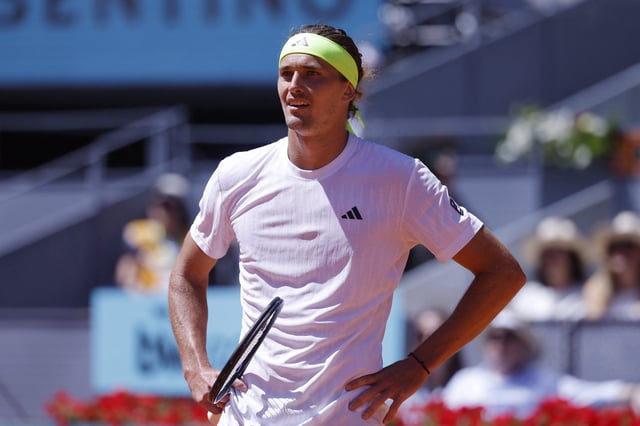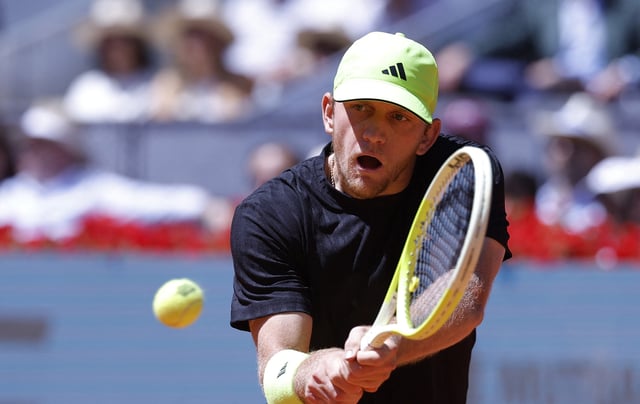Overview
- Alexander Zverev received a warning for unsportsmanlike conduct after photographing a disputed ball mark during his Madrid Open third-round victory over Alejandro Davidovich Fokina.
- Zverev argued the electronic system malfunctioned, claiming a ball ruled in had landed wide, and later posted the photo on Instagram, drawing further attention to the issue.
- The switch to Hawk-Eye Live on clay this season has faced criticism from players including Aryna Sabalenka and Victoria Azarenka, who also publicly protested calls in recent tournaments.
- Concerns over the system’s accuracy stem from the unique characteristics of clay courts, which traditionally relied on human line judges to inspect ball marks in disputed calls.
- The French Open remains the only major clay tournament to retain human line judges, fueling ongoing debate about balancing technology and human oversight in tennis.



